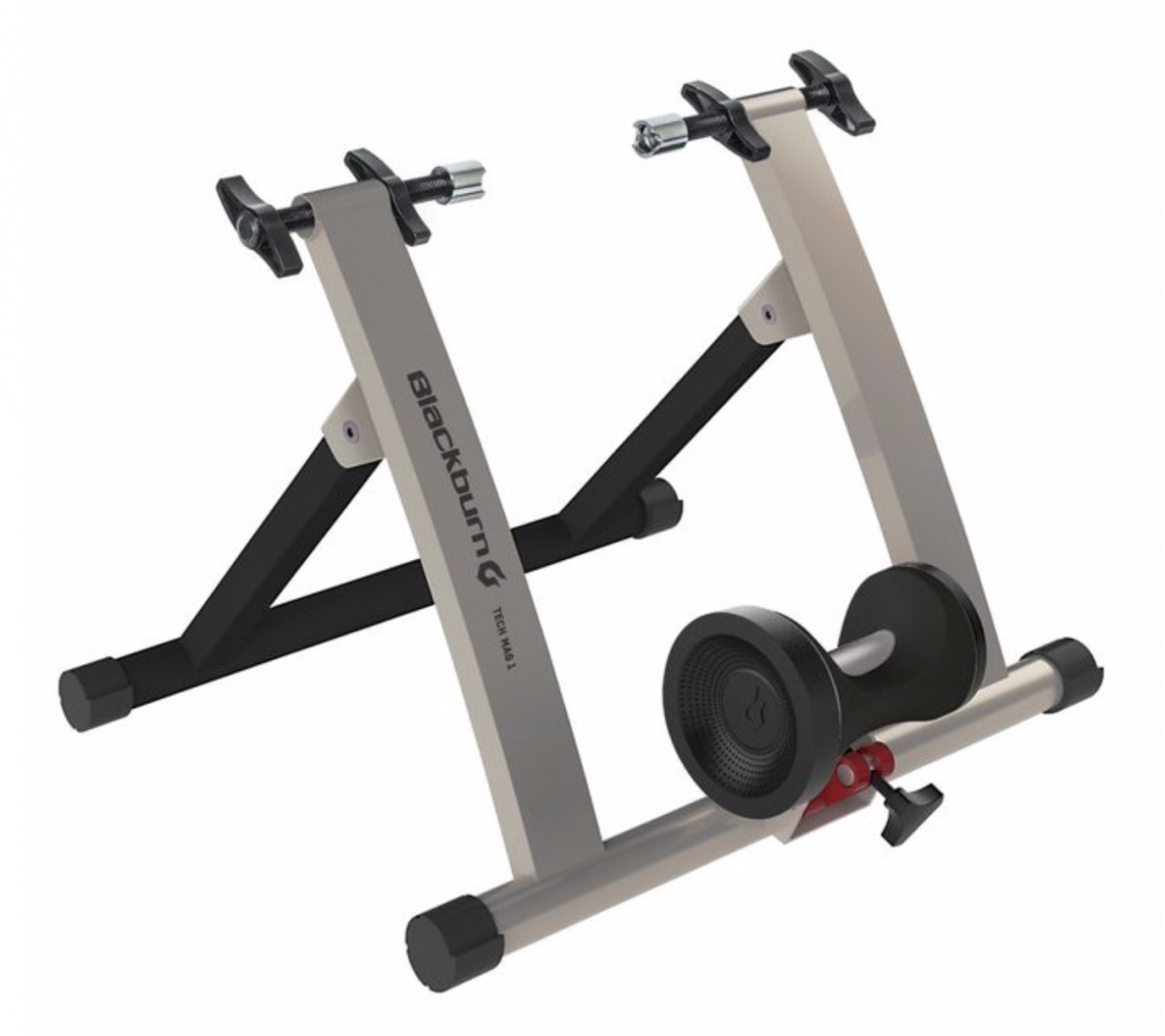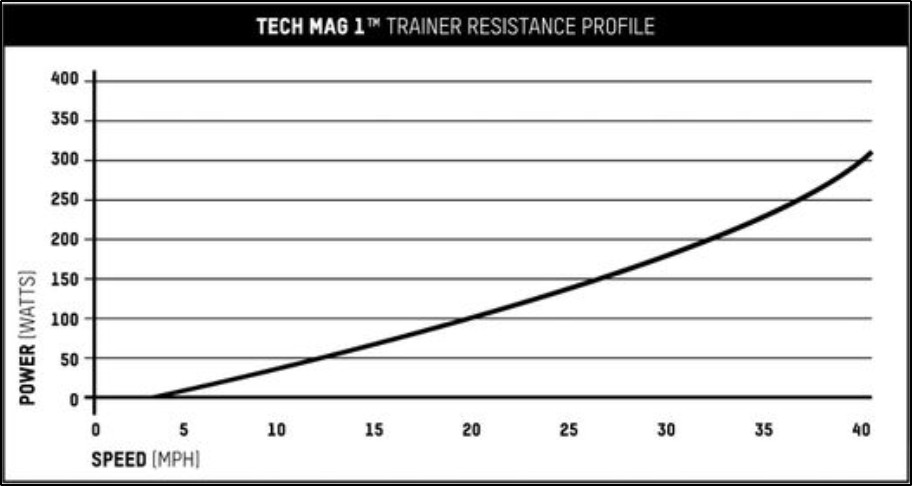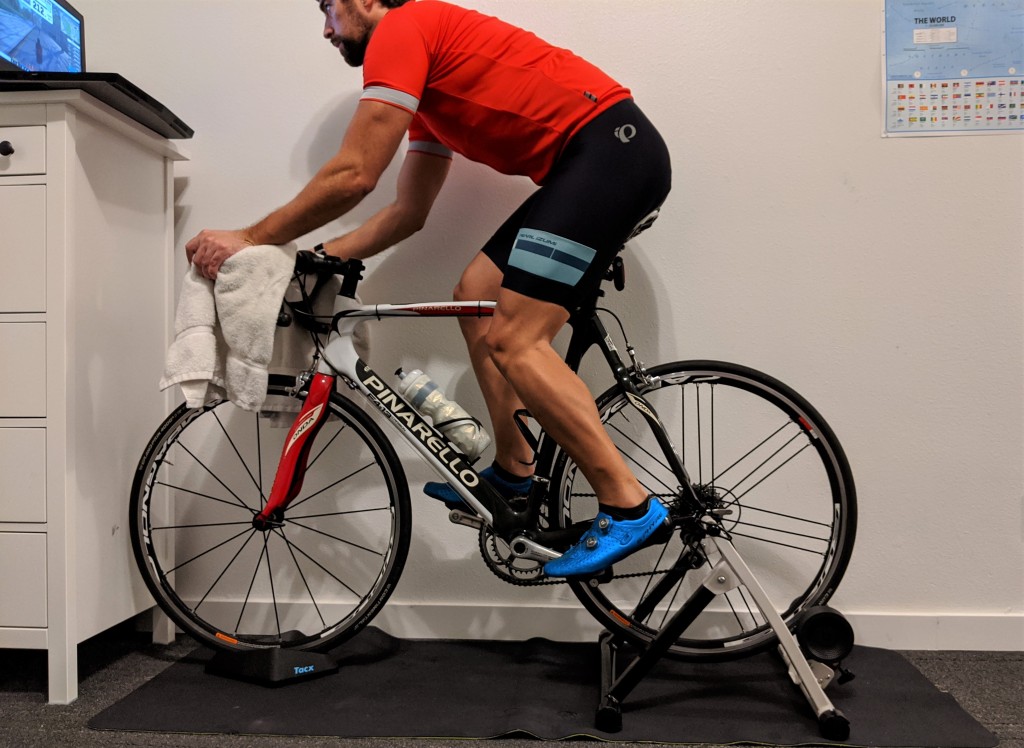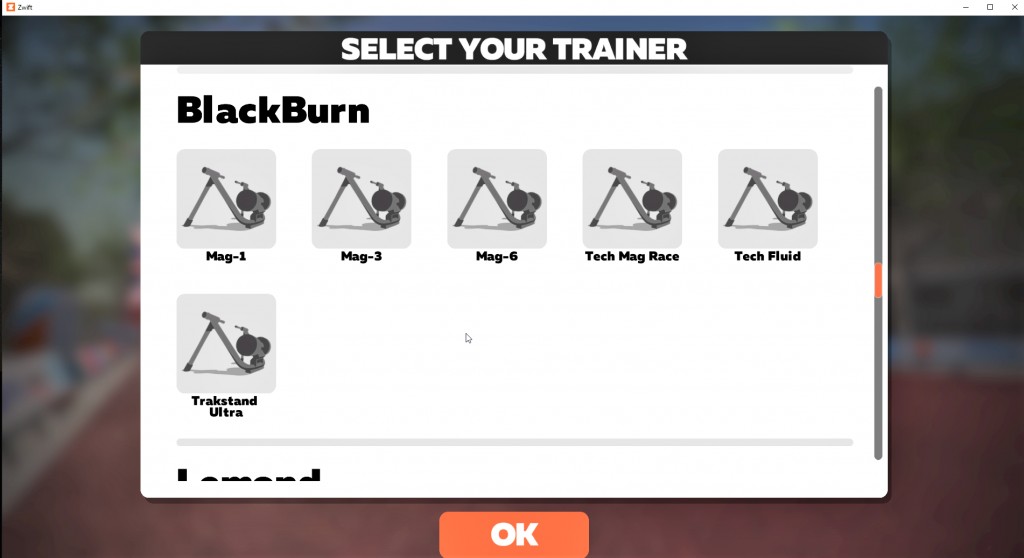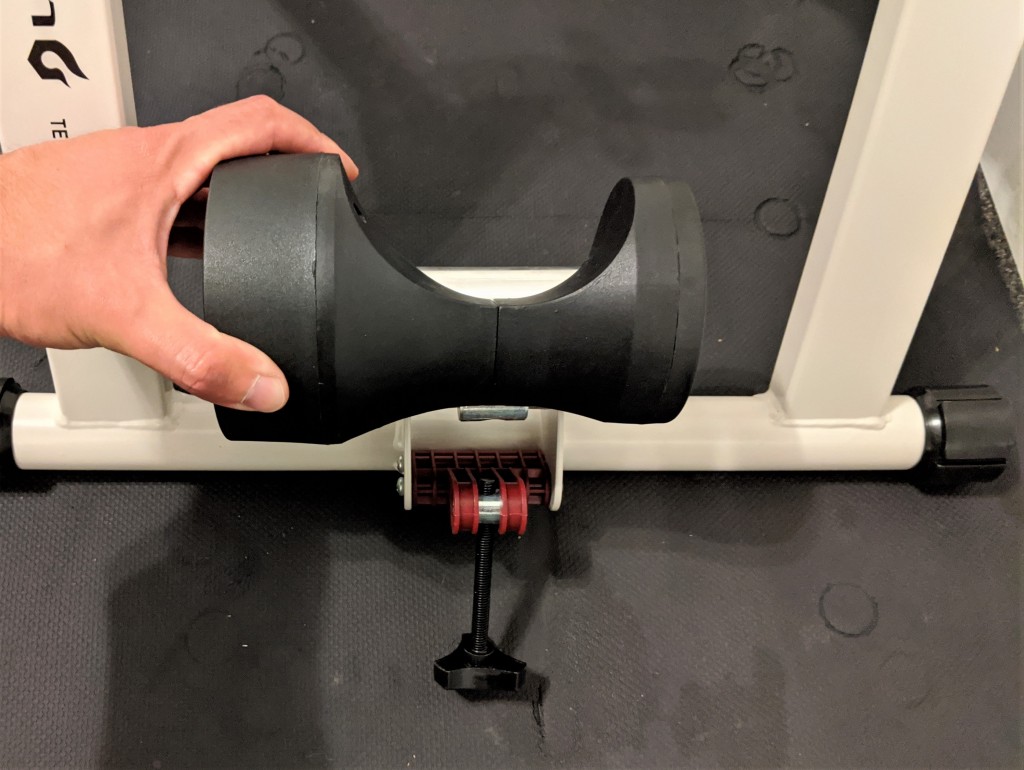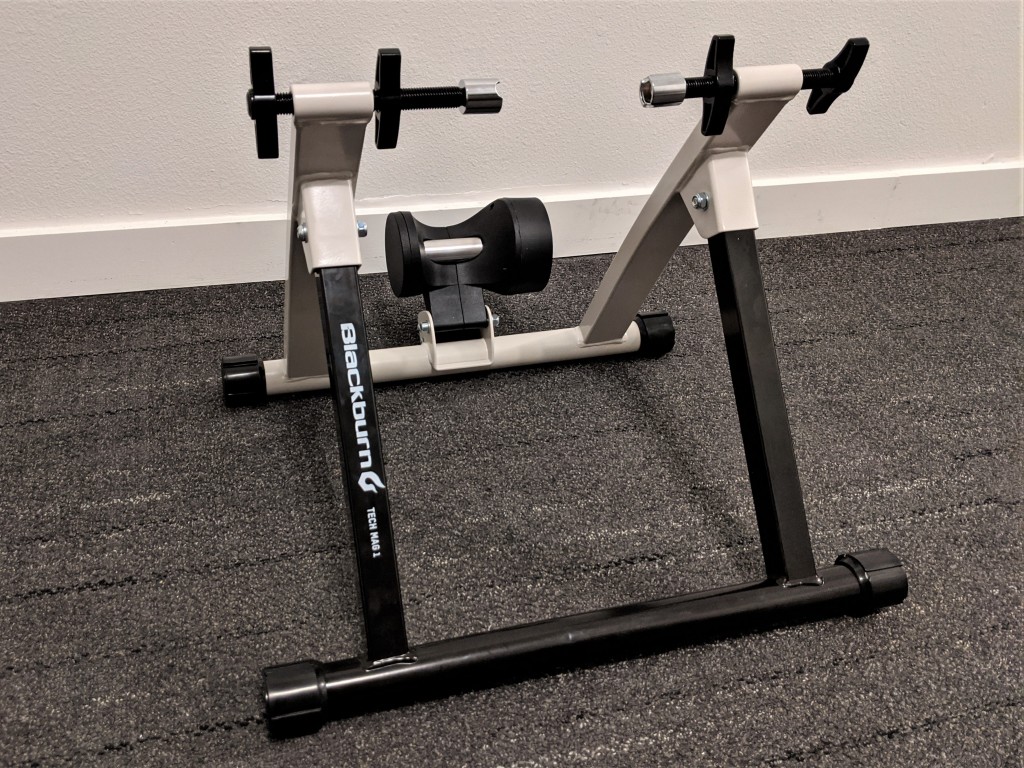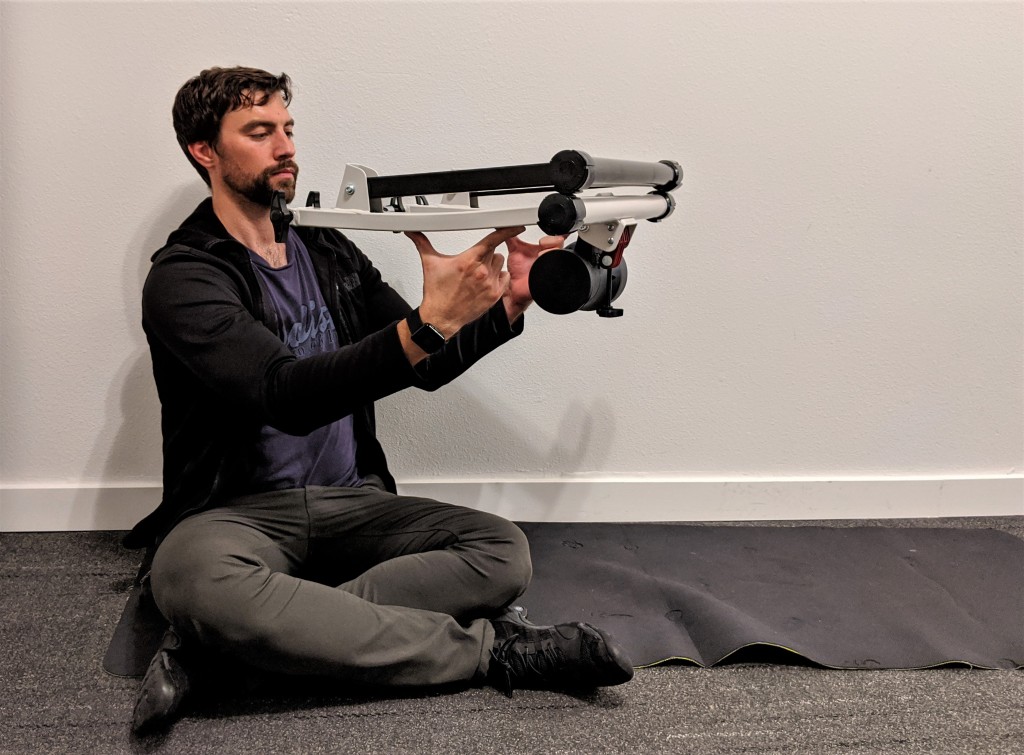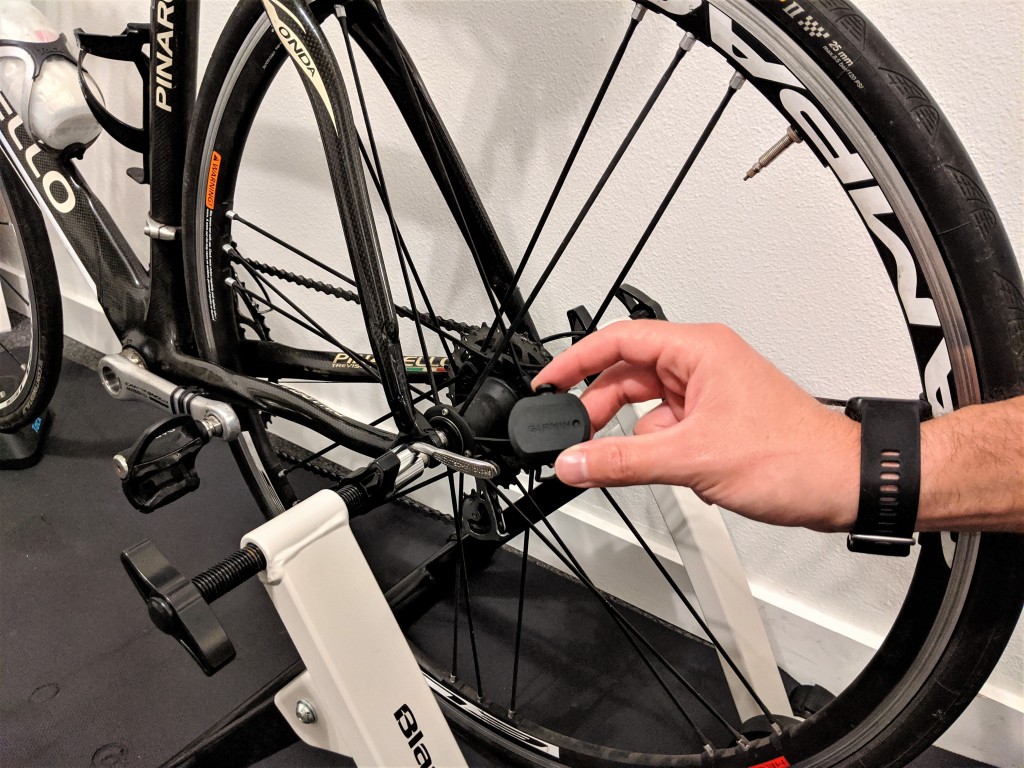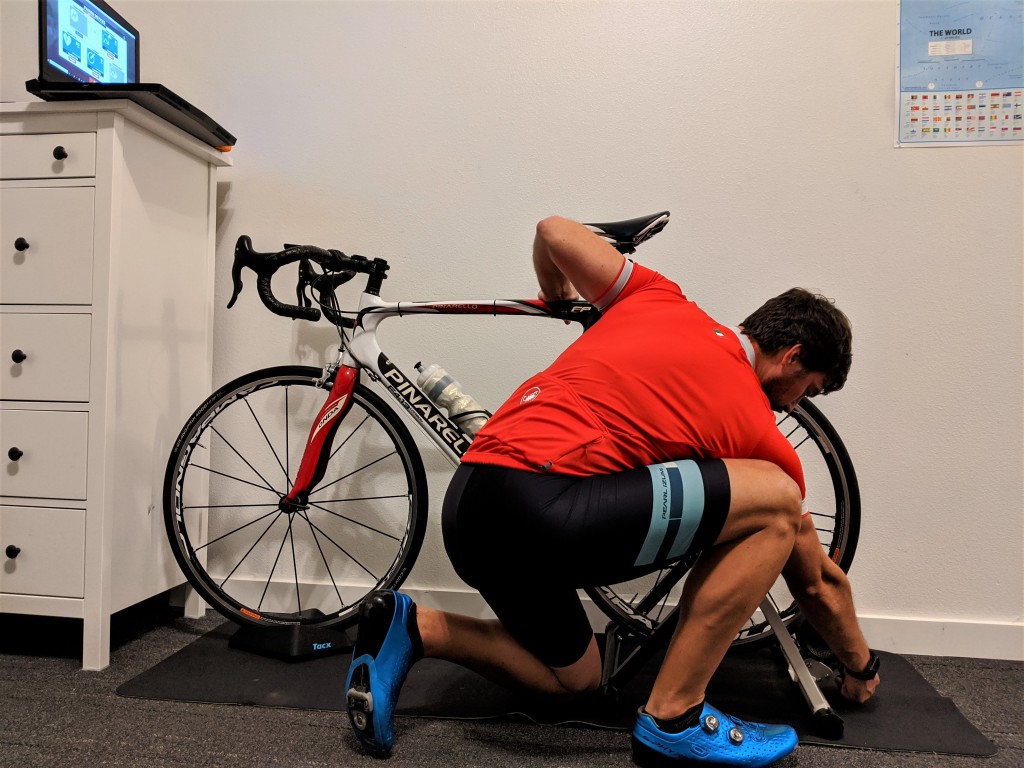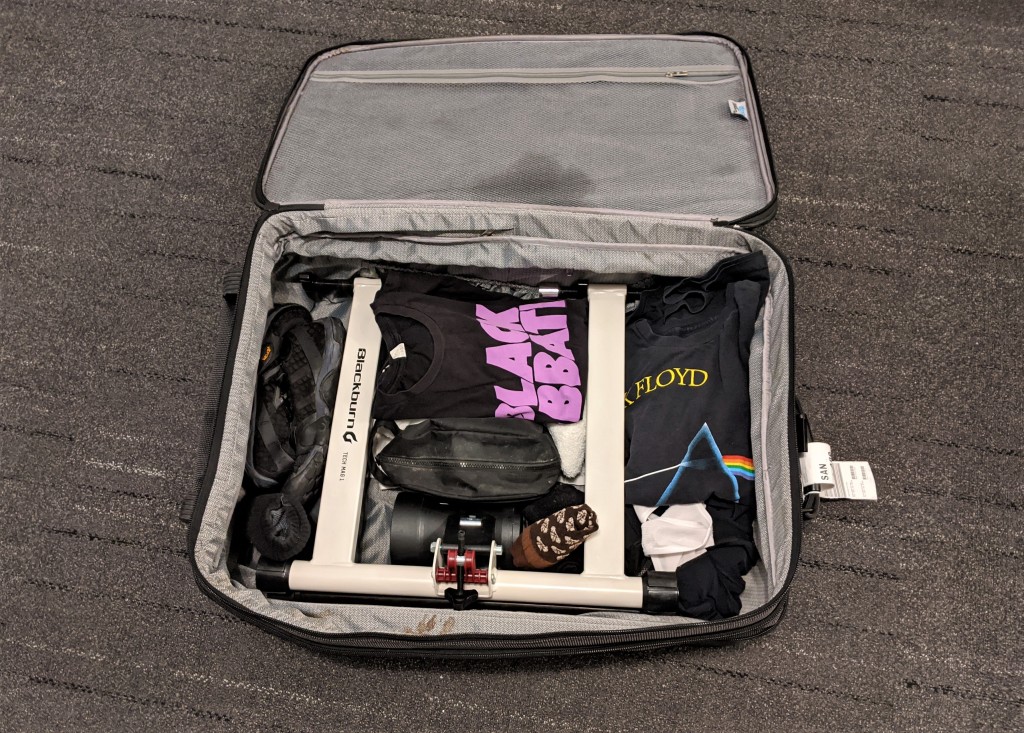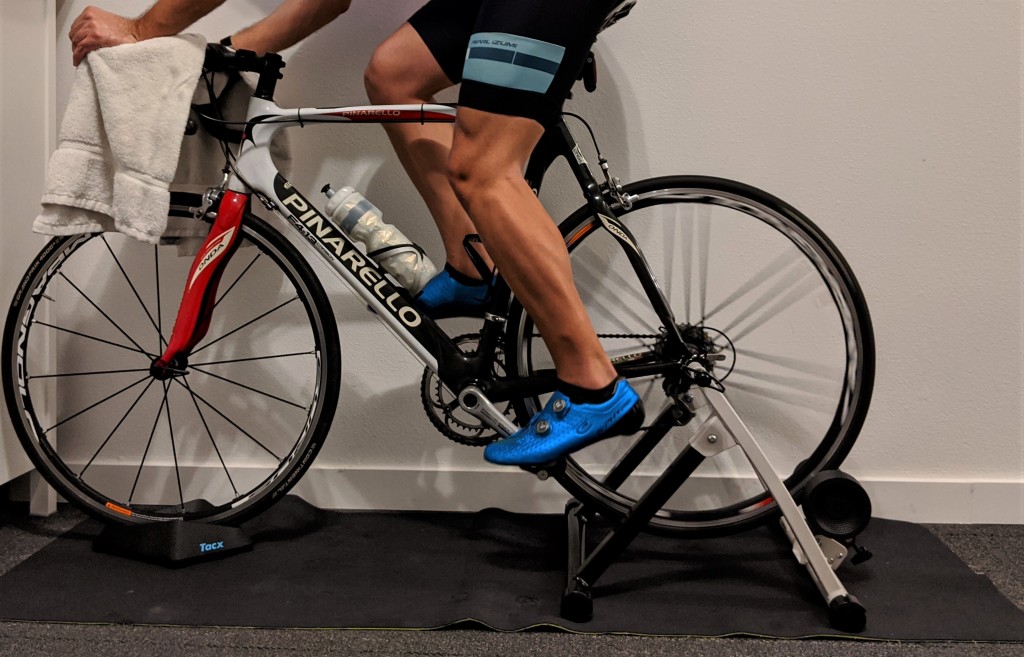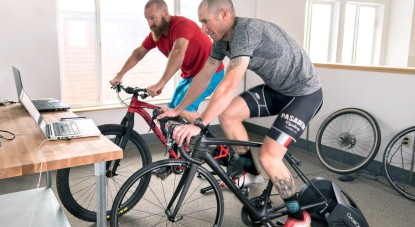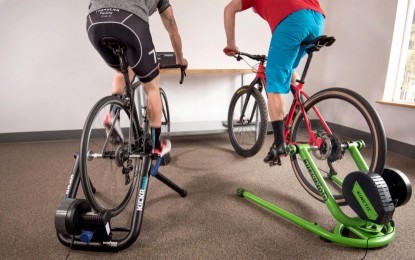Blackburn Tech Mag 1 Review
Our Verdict
Our Analysis and Test Results
Throughout this review. wel look at the performance of the Tech Mag 1 and break down its features and quality to help you figure out if it's what you're after. Keep in mind that this is the winner of our Best for a Shoestring Budget Award, so it's not going to have all of the same capabilities as premium trainers and its score will include that fact — our reviews are comparative. As an example, it has no electronics, so its communication and power accuracy score will be notably lower than a high-end bike trainer that connects to everything but the kitchen sink…and that's in the works. Set your expectations accordingly as you read through.
Performance Comparison
Connectivity and Power Accuracy
This measure isn't going to be very helpful for the Blackburn trainer given its stripped-down design, so we'll keep it short. Connectivity doesn't apply here, but to some extent, it has some power claims.
It doesn't have an on-board power meter, so it's not really fair to compare it to the premium trainers on this measure. What you do get is a resistance chart with a speed estimate that tracks pretty closely with Zwift's estimate when we attached a speed meter to the rear wheel and took 'er for a spin.
If you're familiar with your wattage, you can see from Blackburn's resistance chart that you're barely putting out any watts at your normal cruising speed out on the road. And golly, at the other end, would be that we could hit 40mph putting out 300 watts. Move over Peter Sagan and Andre Greipel.
For good measure we also tracked this against our Garmin Vector 3s and it was also quite close to the chart. Clearly, there's very little resistance in the unit, so to get anywhere near a good cruising effort, your speed will be blowing up all your stats on Strava, so be careful.
Your trade-off is that it's extremely light and simple. It's almost worth getting it just as a spin trainer so you're not tempted to go too hard on your weekly active recovery ride.
Road Feel
This bike trainer is pretty stripped down, so it's not surprising to find that it's a little jerky. It doesn't have the most realistic road feel, but it will get you rolling and spinning. Once you get up to your cruising speed and cadence, the jerking settles down and it's a lot smoother.
You can do a proper workout, but you'll need to ease into new power requirements because there's no resistance. The upside is that you don't get a lot of slipping because the resistance is close to zilch. That's in contrast to a lot of the more realistic tire-drive trainers because they have big fat flywheels with lots of inertia that need to get spun-up, so when you kick out more power, the heavy flywheels just slip for a quarter turn until the rubber catches. The thimble of a flywheel on the Blackburn doesn't miss a beat though since it has very little inertia.
You'll also have some limitations on power. Attacks and sprinting are all but impossible with the slippage and low resistance. You can sort of drag it up to a hard tempo, but you won't be putting out 1400 watts. You might be able to maintain about 450 watts if you're in your 12, 11, or 10, but you'll be spinning at 110 RPMs.
Design
Typically, for this measure, we look at the physical design and the software or electronic aspects of trainers. The Blackburn really just has the physical design. This trainer is really like a set of rollers with robust buttressing at the rear axle. The only way to reduce complexity is to actually just drop down to rollers. The Tech Mag 1 is perhaps the simplest design you can find while still calling it a trainer.
The trainer's frame is light but sturdy. You won't need to worry about it taking damage. The magnetic resistance unit is also fairly simple and difficult to damage. And in the case that anything does happen, there's a lifetime manufacturer's warranty on it.
We only found a few real drawbacks. The first is that the axle and resistance unit sit a bit high, so you'll need to find a good wheel stand to prop your wheel up so you don't feel like you're constantly sliding forward. That's easily addressed with a folded up old towel. The second major drawback is that the resistance is not as responsive or heavy as we'd like. That's typical of stand-alone magnetic resistance units. You can get better performance out of fluid units, especially if they have big, heavy flywheels, and units that use electricity to control the resistance of the magnets. For each of those, you'll trade price and weight. That said, we like that the Blackburn has a low price and low weight.
The last drawback is the obvious one: it's a dumb (not smart) trainer, so if you want your performance data, you need to have sensors on your pedals and rear wheel. This is exactly what you'd expect with the winner of our Shoestring Budget Award, but we'd be remiss not to mention it.
Setup
This is a big selling point for the Blackburn. For sure, you can go from in the box to on the bike in 7 minutes without much effort. That makes it ideal for traveling too. Not only is it small enough to fit in a large bag, suitcase, or bike box, but it's also extremely light. Less than 15 pounds. And if that's not quite enough, you can disassemble it down to the resistance unit, two U-shaped bars, and a handful of nuts and bolts.
Incidentally, it comes fully assembled out of the box. All you need to do is unfold it and mount your bike. Be sure to find the hidden skewer (we didn't notice that it was hiding in the styrofoam). If you already have a skewer with rounded ends, you might not care to use the one Blackburn includes. Once you've swapped out the skewer, you can line the axle up in the center of the trainer and tighten down the cups on either side until there's no wobble to secure the axle over the roller. Then adjust the resistance unit so that the wheel doesn't slip when you jerk it.
You might need to get on and a little spinning, standing, and sudden sprints to see if the tension is right. Even if you're screwing around and not paying attention, taking the Tech Mag 1 from fully boxed to adjusted and riding should be easier and quicker than just about any other trainer out there. Certainly, that's the case among our lineup.
Portability
This measure is one of the reasons the Tech Mag 1 won our Best for a Shoestring Budget Award. It's not just a low-price trainer, but it's incredibly easy to take with you out on the road. Its footprint is also among the smallest in our lineup. Its low weight and lean build make it extremely easy to fit in a suitcase or bike box. That means it's also cheaper when you check your luggage. Heck, for as light as it is, you could even ship it to your hotel without worrying too much about the price.
By its simple nature, it requires no external connections. No electricity, no pairing, nothing that really breaks or fails. You're ready to go as soon as you pull it out of storage or your car. It's easily the most portable trainer available. If you're looking for something quick and easy to take anywhere, you've found it with the Tech Mag 1.
Value
It's super-duper hard to find a trainer that won't make you cringe when you pull out the ol' high-interest CC with an internal (or permission-based external) promise that you'll pay it off in 3 or 4 paychecks. That shouldn't be too much of a problem with the Tech Mag 1. It's basic, but it's affordable for most riders and it will get you spinning the legs in the cold months and bad weather. Snow, supercell, heat wave, dreary and cold…sounds like an easy spin day…
Conclusion
The Blackburn Tech Mag 1 occupies an interesting spot in our lineup. As the Best for a Shoestring Budget winner, it's almost guaranteed not to have all the Space Age intricacies of the premium or even mid-shelf bike trainers. What we're looking for is a serviceable trainer that will get our friends on the bike without crushing the bank account. The Tech Mag 1 meets exactly that definition and that's why we gravitated toward it. It's maybe the simplest trainer you've ever seen. It's durable enough for its asking price and you won't feel too bad if it gets beat up a bit - plus there's not much there to beat up anyway when it comes to electronics and vulnerable parts. It's really an excellent option if you travel a lot and are addicted to bike or just need a quick roadside trainer to use before races. It's just 15 pounds and it takes close to no setup to pull it out of the suitcase or back seat and throw your bike on there. Have we mentioned that it's something like a fifth of the going rate for mid-level trainers? Of course, it's going to appeal to our inner utilitarian bargain shopper. If you're in that boat too, give the Tech Mag 1 a hard look.


